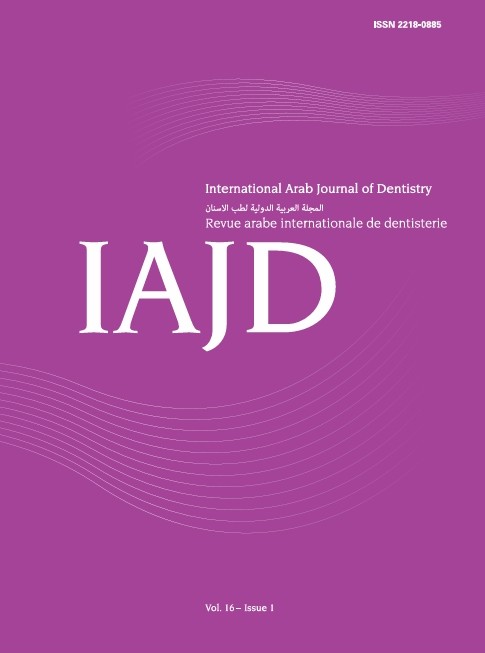Abstract
Introduction: Facial soft tissue evaluation is an important key for the overall patient diagnosis, treatment planning, and long-term prognoses. 3D patient imaging can be an alternative way to define the face providing the clinician with more accurate details, in comparison to the 2D imaging of soft tissues.
Objectives: The objective of this study was to evaluate the accuracy and reliability of anatomical landmarks comparing the 3D facial scanning with the CBCT radiographs.
Methods: The study was a comparative, crossover and descriptive study. Thirty patients (12 males and 18 females) with 15 to 30 years with a mean age of 22.6 years, who needed orthodontic treatment were recruited from the outpatient clinics, Faculty of Dentistry, Beirut Arab University. All patients had a CBCT radiograph at the beginning with a natural head position and relaxed lips. After that, the patient had 3D facial scanning using the same radiographing machine.
Results: The data collected from the 3D facial images and full skull CBCT radiographs were reliable and consistent for most of the measured parameters with Cronbach’s alpha values of 0.870. However, the mouth width parameter exhibited the largest Dahlberg error of 4.08, suggesting substantial variability between the two methods for this parameter. Furthermore, the concordance correlation coefficient (CCC) indicated a positive correlation between the CBCT radiograph and facial scanning for most parameters (average of 0.9). The Bland-Altman revealed a moderate agreement between both sets of scanned measurements with confidence band range (2 and -2), with exceptions, the average mouth width distance (-3.40667).
Conclusions: There was a strong positive linear relationship between the two approaches in the majority of the parameters. However, the mouth width parameter revealed a moderately linear relationship between the two approaches.

